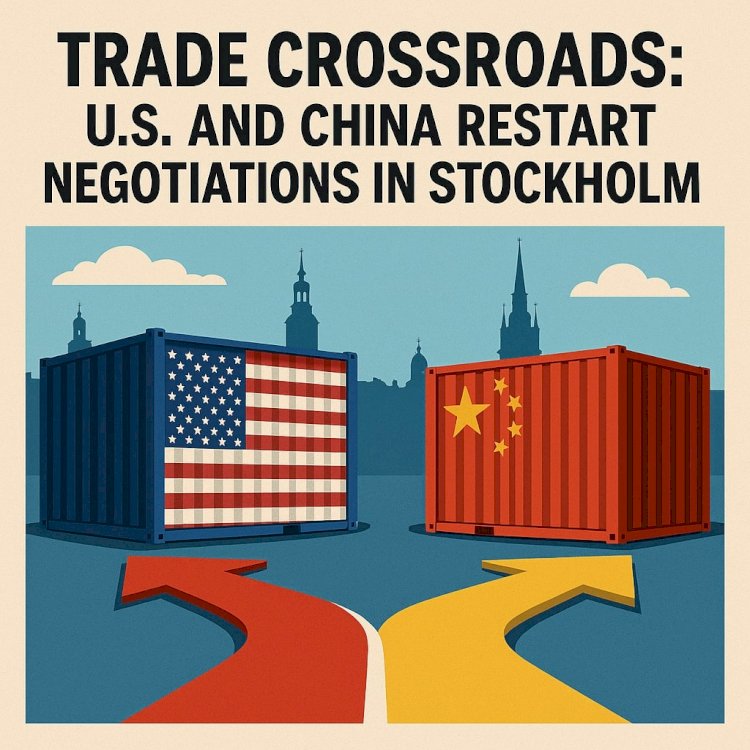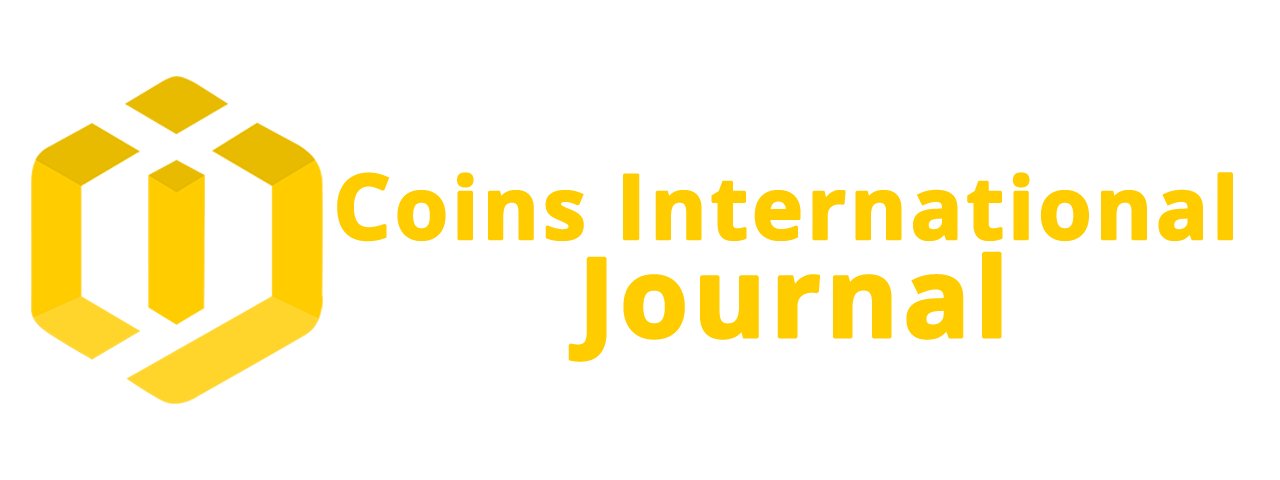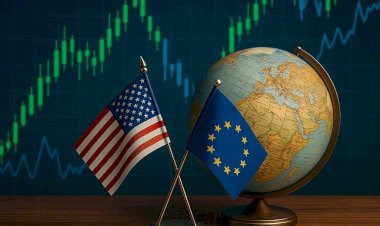Trade Crossroads: U.S. and China Restart Negotiations in Stockholm

Published: July 27, 2025
The world’s two largest economies are back at the table. This time, they’re meeting in Stockholm, with the clock ticking on a fragile ceasefire in their ongoing tariff battle.
Strategic Reset or Tactical Delay?
After months of diplomatic sparring, U.S. Treasury Secretary Scott Bessent and Chinese Vice Premier He Lifeng have reconvened to determine the fate of a temporary trade truce. That agreement, brokered in May, halted a steep tariff regime that once imposed duties of more than 100% on key goods crossing the Pacific.
The truce is set to expire on August 12, prompting urgency on both sides to either extend or overhaul the current arrangement. With no final resolution in sight, the talks in Sweden are seen as a critical inflection point.
Core Issues on the Agenda
While tariffs remain front and center, negotiators are grappling with broader structural concerns:
-
Industrial Overcapacity: Washington is urging Beijing to curtail massive overproduction in industries like electric vehicles, steel, and solar energy—a move seen as necessary to prevent global market distortions.
-
Domestic Demand vs. Export Dependence: U.S. officials argue that China must rebalance its economy by encouraging household consumption and reducing reliance on export-driven growth.
-
Energy Imports and Global Sanctions: China’s purchase of discounted oil from Russia and Iran is likely to be raised, potentially adding a geopolitical layer to what has historically been a commercial dialogue.
Diplomatic Choreography in Neutral Territory
By choosing Stockholm, negotiators are signaling their preference for a neutral setting—far from the political centers of either nation. This marks the third round of trade discussions held on European soil this year, following prior sessions in London and Geneva.
Both governments have publicly maintained a tone of cautious optimism. U.S. officials suggest that relations are “stable and constructive,” while Beijing continues to frame the talks within the principles of mutual respect and economic cooperation.
Markets React with Cautious Optimism
Financial markets are closely tracking the discussions, with major indexes having already priced in the likelihood of a deal—or at least a temporary extension. Analysts believe that absent a breakdown in talks, a short-term 90-day continuation of the current truce is the most probable outcome.
Beyond tariffs, investors are hoping for clarity on U.S. export controls that have restricted the flow of critical technologies such as AI chips and semiconductors to China.
A Calculated Pause or Prelude to a Breakthrough?
While the Stockholm meetings are unlikely to resolve all issues overnight, they may serve as a bridge to a more comprehensive summit later this year between President Trump and President Xi.
For now, the focus remains on damage control. Both nations are attempting to avoid the economic fallout of resumed tariffs, while subtly jockeying for leverage in the broader contest over trade, technology, and global influence.

 content-team
content-team 


















